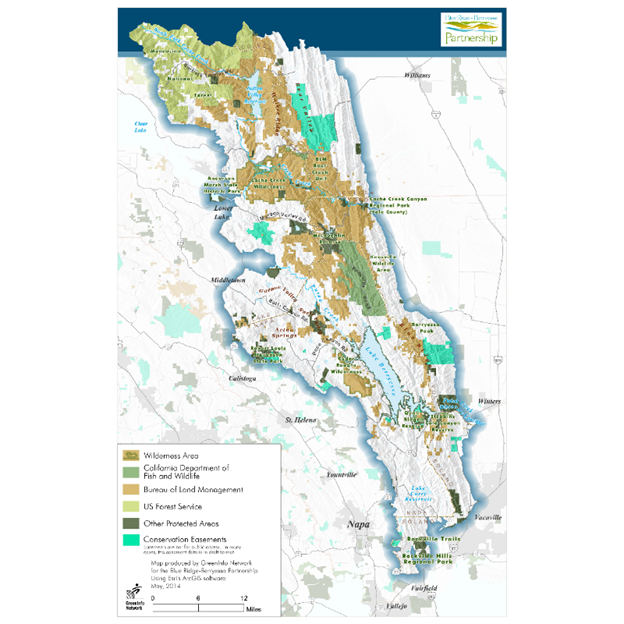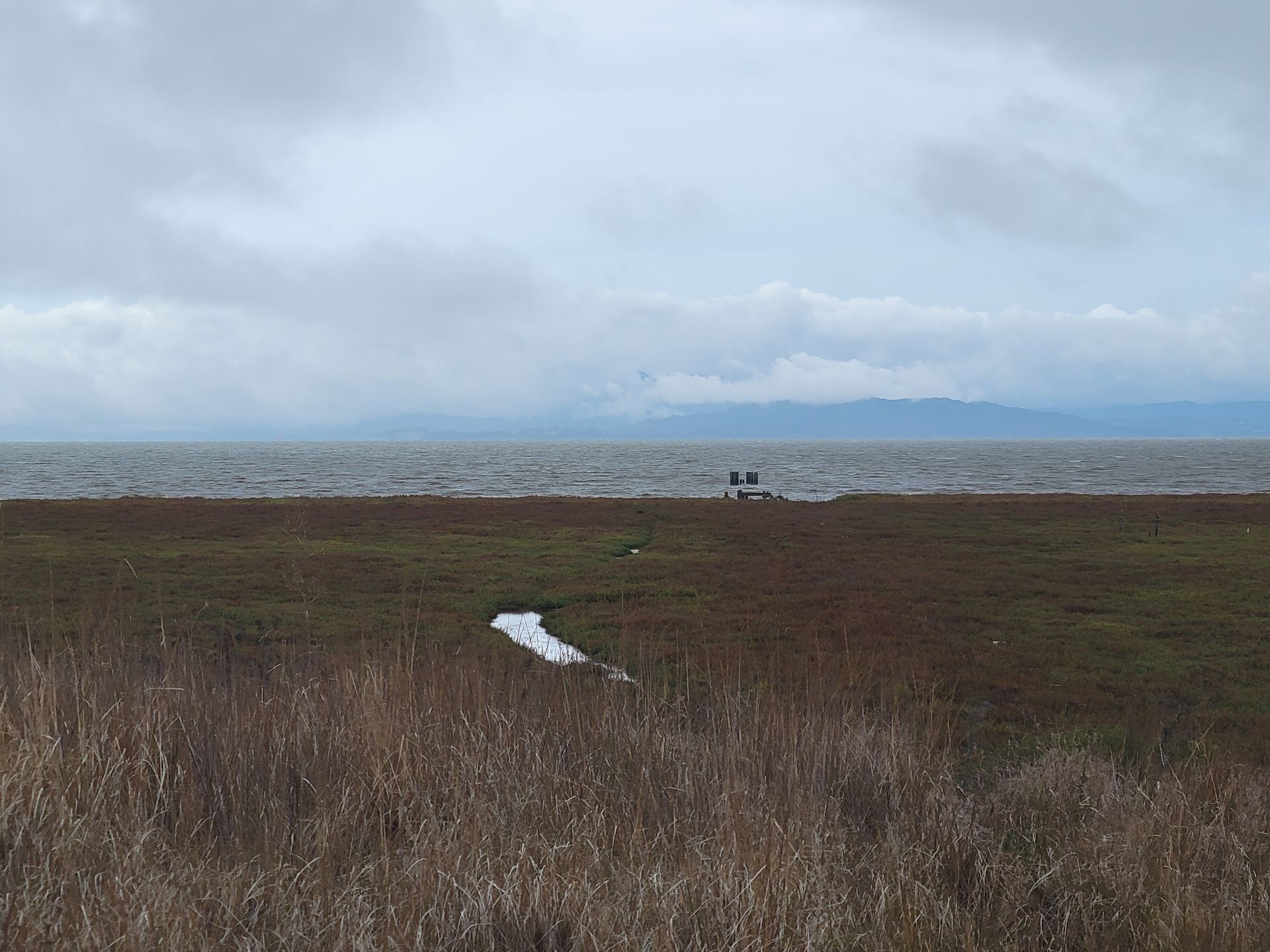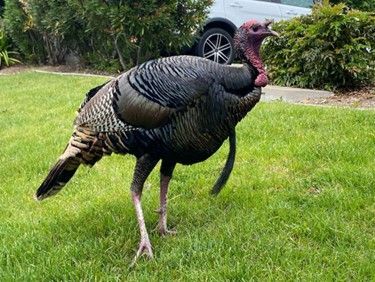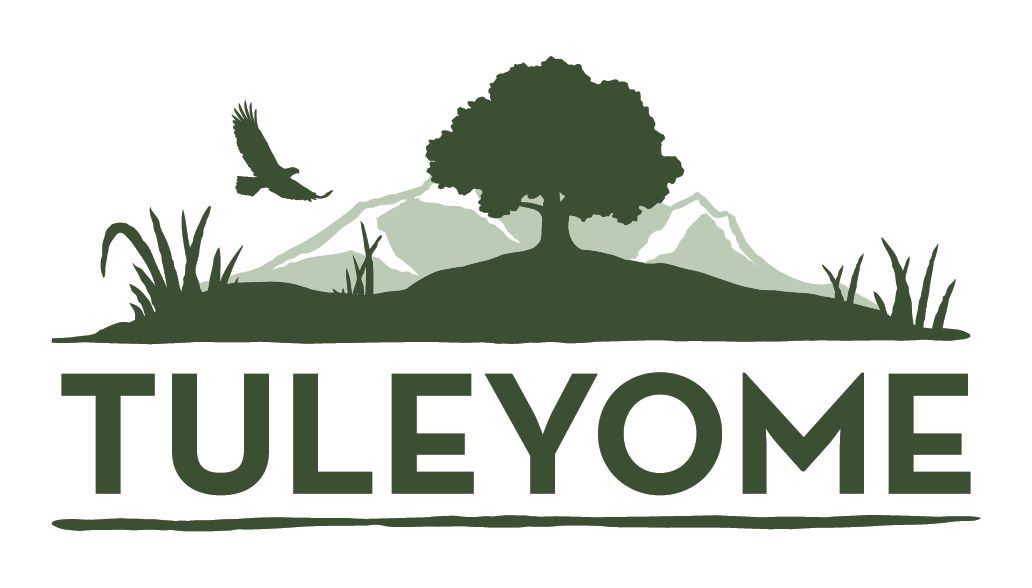Monumental Questions - What is the Blue Ridge Berryessa Natural Area?

The Blue Ridge – Berryessa Natural Area (BRBNA) is a conservation area composed of nearly 800,000 acres of land located roughly 90 miles west of Sacramento and about 100 miles northeast of San Francisco. It extends from just north of Interstate 80 near the town of Fairfield, north to the southern edge of the Mendocino National Forest and encompasses much of the Inner Coastal Range. Although the boundaries of the Blue Ridge – Berryessa Natural Area are conceptual and informal, they do include some of the acreage within the Berryessa Snow Mountain National Monument.
The Blue Ridge – Berryessa Natural Area was named for two locally prominent features, the Blue Ridge Mountains and Lake Berryessa, and includes portions of Napa, Yolo, Solano, Lake and Colusa Counties. It includes both privately owned land as well as federal, state and local public recreation land. The area is relatively undisturbed by development encroachment and existing land uses include private ranches and a few small, locally owned businesses as well as land trust protected preserves and easements. The University of California’s Natural Reserve System owns and manages three reserves located in the Blue Ridge – Berryessa Natural Area including McLaughlin Reserve, Quail Ridge Reserve and Stebbins Cold Canyon Reserve. These reserves are dedicated to a broad array of research and educational opportunities including wild turkey and ringtail studies, plant ecology, wildlife biology, Lyme disease studies, geology, soils and more.
The Blue Ridge – Berryessa Natural Area supports many habitat types including serpentine, chamise and lower montane chaparral, oak woodlands, valley and foothill grasslands and mixed riparian woodland. Wildlife species found in the area include large mammals such as mountain lion, black bear, coyote, bobcat and deer. Other species observed include ringtails, raccoons, turkeys, many reptiles and amphibians and native fish including the Sacramento Roach and the California Pike Minnow. Over 100 species of birds including Bald and Golden Eagle have also been documented. The Blue Ridge – Berryessa Natural Area also supports habitat for several endemic plant species that occur only on serpentine soils found here. Because of the diversity of species and habitat types, the region has been recognized as one of the most diverse areas in California. Recreational opportunities include wildlife viewing, hiking, rafting, horseback riding, nature camping, photography, and hunting.
The area is overseen by the Blue Ridge Berryessa Natural Area Conservation Partnership. With over 100 participants ranging from privately owned ranches, nonprofits, county, state and federal agencies; the focus of the partnership is to preserve recreational lands, wild areas, agricultural lands and rural ranches through conservation easements and public ownership. In 2002, the Partnership received the California Governor’s Environmental and Economic Leadership Award.
Kristie Ehrhardt; (kehrhardt@tuleyome.org)
Land Conservation and Stewardship Program Director
If you have questions about Berryessa Snow Mountain National Monument that you would like us to address, please email them to Nate Lillge (nlillge@tuleyome.org) or Kristie Ehrhardt (kehrhardt@tuleyome.org). More information can be found
at www.berryessasnowmountain.org.
RECENT ARTICLES






